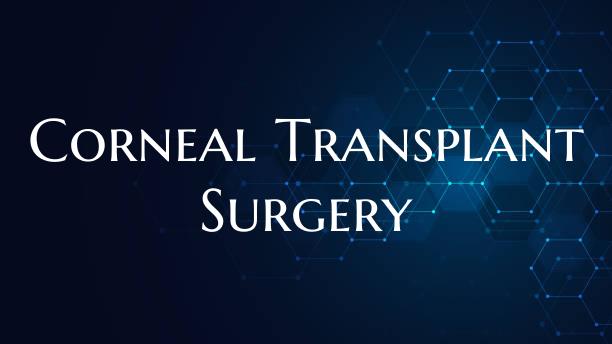
Corneal Transplant Surgery
Corneal Transplant Surgery: Restoring Vision Through Innovation
Corneal transplant surgery is a groundbreaking procedure that has brought hope to thousands of individuals suffering from eye conditions that have disrupted their vision. The cornea is the transparent layer covering the front of the eye, playing a vital role in focusing light onto the retina and enabling clear vision. When the cornea becomes damaged or diseased, it can significantly impair a person's ability to see properly.
Fortunately, corneal transplant surgery offers a solution to restore vision and improve quality of life for those affected by corneal issues. During the procedure, a surgeon replaces the damaged cornea with a healthy donor cornea, often obtained from a deceased individual who has donated their corneas for this purpose. This transplant allows light to enter the eye properly, thereby improving vision.
There are different types of corneal transplant surgeries, including full thickness (penetrating) transplantation and partial thickness (lamellar) transplantation, each tailored to the specific needs of the patient. Advances in surgical techniques, such as the use of laser technology and innovative suturing methods, have significantly improved the success rates and outcomes of corneal transplant procedures.
Recovery from corneal transplant surgery involves close monitoring by healthcare professionals to ensure proper healing and optimal vision restoration. Patients may need to take medications to prevent rejection of the donor cornea and reduce the risk of post-operative complications.
Overall, corneal transplant surgery represents a remarkable fusion of medical expertise, cutting-edge technology, and the generosity of cornea donors. It offers new hope and a brighter future for individuals experiencing vision impairment due to corneal conditions, empowering them to see the world with clarity once again.